
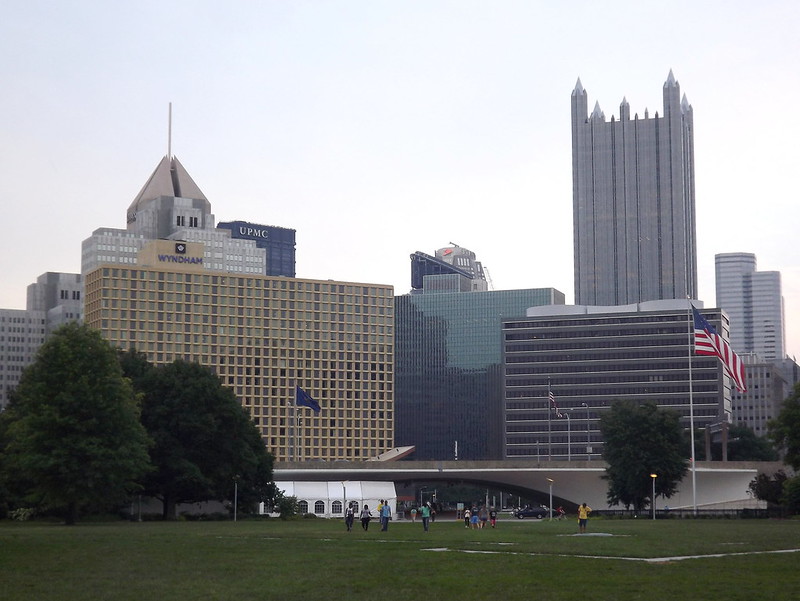
If you're ever in Pittsburgh and fancy grabbing some fresh air among great history, you'll do well to head towards Point State Park, or if you're down with the locals, the Point. Located at the confluence of the Monongahela and Allegheny rivers which go onto form the Ohio River - you'll find the outlines of two of Pittsburgh's oldest buildings, the oldest building still standing, some gorgeous views of the city and a lot of old British (and French, Native American and colonial American) history.
Before redevelopment during the 1950's the Point was the hub for industry and transportation particularly in the 1930's. Warehouses, railroad yards and two bridges intersected the area. But the Great Depression and World War 2 resulted in an area heavily blighted. Through the war years local authorities set out to redevelop the site. While plans for a civic center fell through, the area was turned into a park which opened in 1974. A park fully noting it's recreational and historical importance.
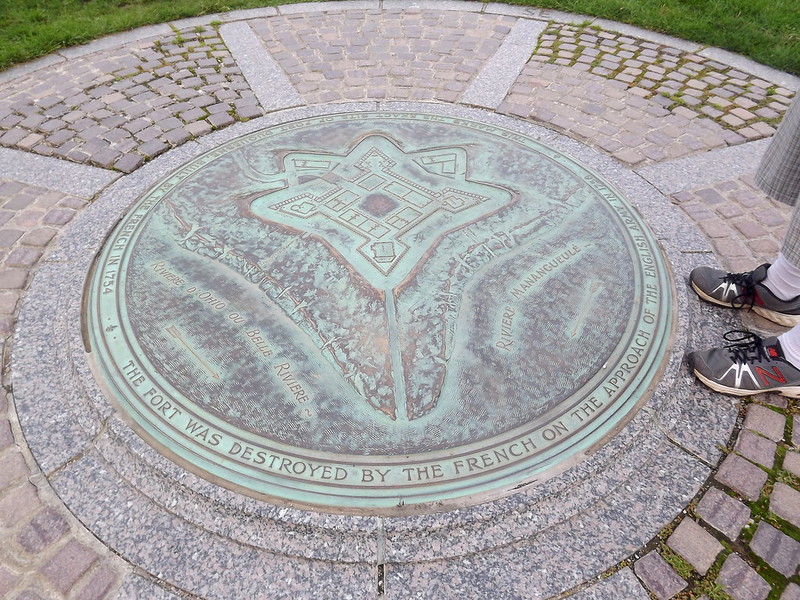
You could get knee deep in the historical details of Point Park, but I'll try and keep it short. The confluence of the Ohio river was the center for river based travel, trade and ultimately war for the British and France. With France constructing three forts within Western Pennsylvania by 1753 the Governor of Virginia sent a young George Washington to instruct the French to halt construction on their territory. Rightly or wrongly the French refused to stop on what they considered to be their land. Virginia's response at the start of 1754 was to build a small fort at the Point called Fort Prince George. But due to the advancing French army, building stopped and they surrendered in April 1754.
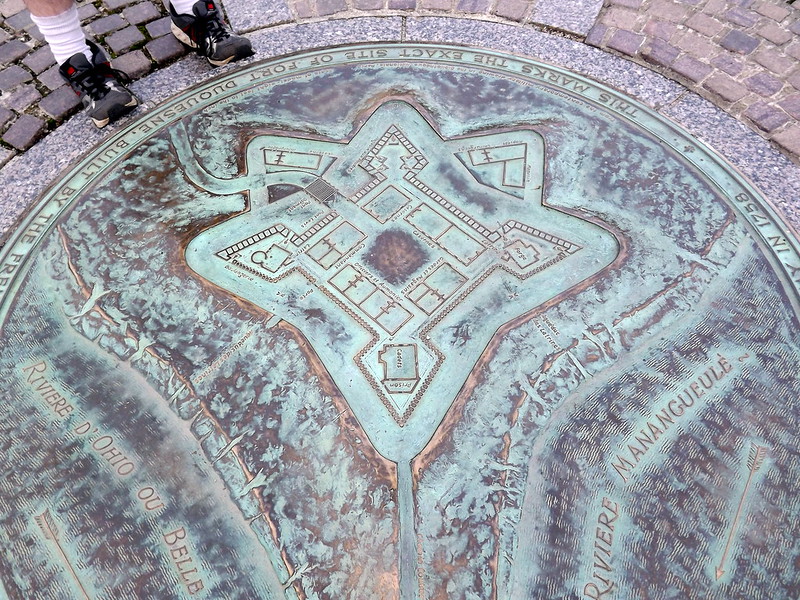
On their arrival the French built Fort Duquesne (pronounced du-kein) to oversea the forks of the Ohio River, yet the British tried twice to regain control. With the sounding of the French and Indian War (part of the wider Seven Years war), it wasn't until 1758 that the Brits made another attempt. William Pitt, the British Sectary of State outlined a three pronged attack upon the French including the capture of Fort Duquesne. Knowing they were outnumbered, days before the arrival of the British, the French burnt and fled the fort.
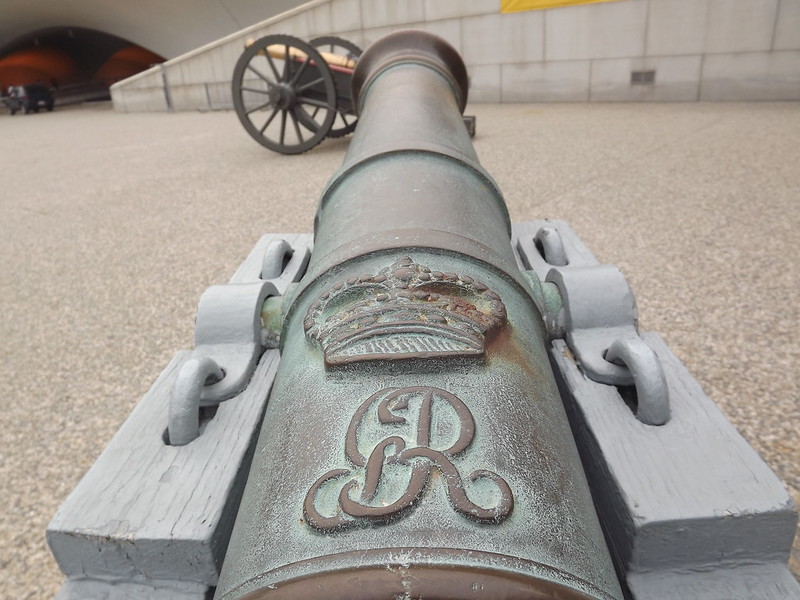
Now under British control, plans were made to build not only the largest, but the most elaborate fort in North America. Completed in 1761, the Fort was named for the aforementioned William Pitt by British Army Officer John Forbes. Moreover - the area became known as the Point and it's wider surroundings, Pittsburgh.
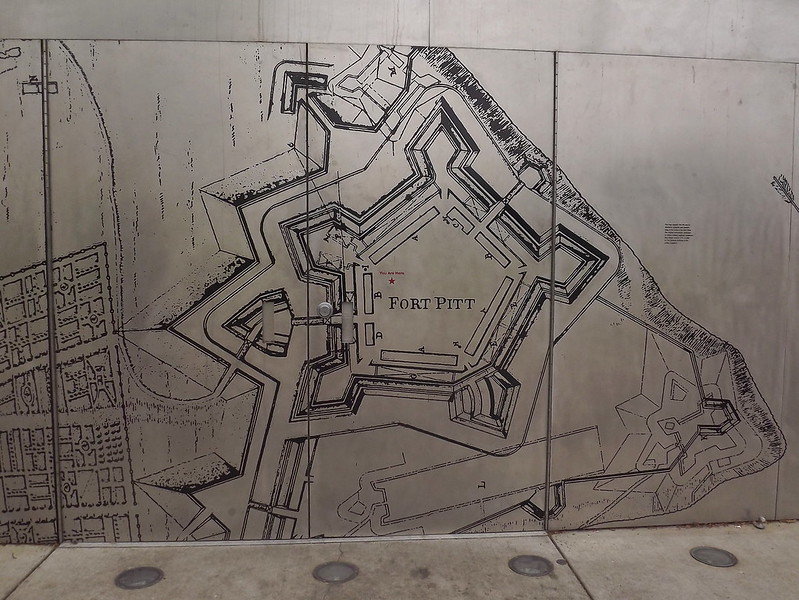
For a Fort it had a relatively peaceful existence witnessing only one attack - a siege by Native American Indians as part of Pontiac's War in 1768. Yet by 1772 the fort was falling into disrepair - no longer fit for purpose and flood damaged. Decommissioned and sold to save money and to help strengthen relations with Native Americans it did became the Continental Army's headquarters during the American Revolution. Still by 1792 it's official Fort life came to an end - replaced by a new and smaller Fort Lafayette further upstream. Sold off piece by piece, by 1854 all that remained was the Fort Pitt Block House (below) the tale of which I'll be sharing in more detail in another post.
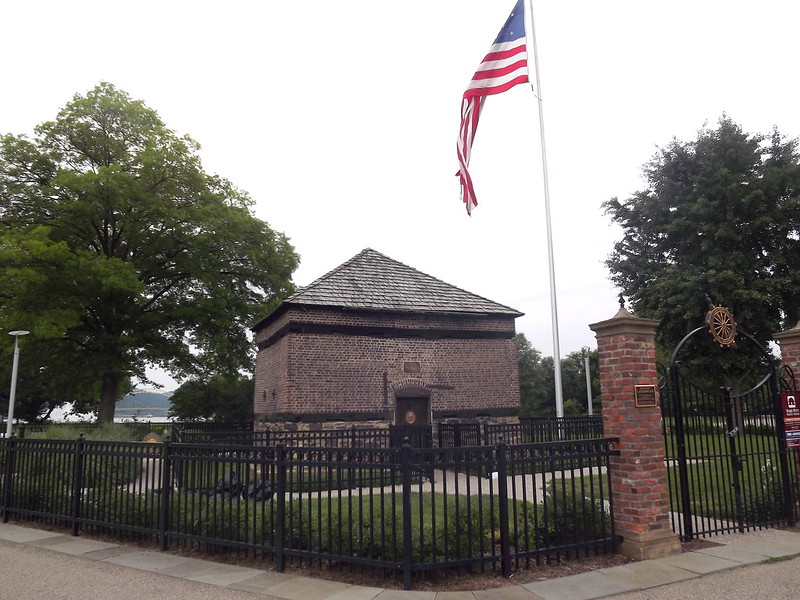
Today the Fort Pitt Museum which I'm hoping to wander around on another visit, explores the history and role of the region making of not only Pittsburgh but American history and within the part itself the outlines of the forts are both marked in the grass with paved footpaths. It's actually surprising to see just how small the forts were and always interesting to see the location of not only American but British history to boot.
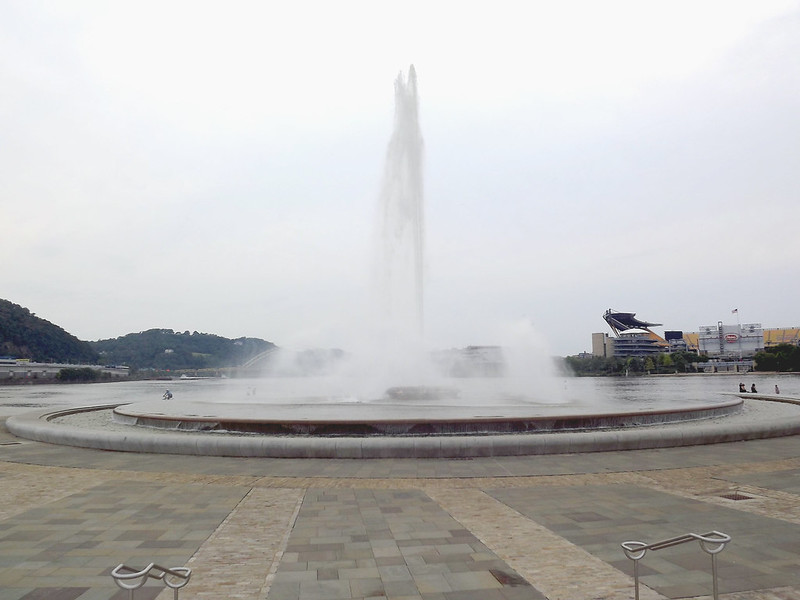
At the furthest tip of the Point you'll find a huge fountain one that sprays water over 46 meters into the air (somewhat weather dependent I hear). It's located at the intersection of those two bridges I mentioned and now offers the visitor an outstanding backdrop to look back at downtown, out along the Ohio River to the north shore attractions like the Carnegie Science Center and Heinz Field. It's also often the home of a festively huge Christmas tree once that season arrives.

We were saying as we wandered back to catch the T how if we ever happen to have a spare $300 dollars for a one night stay, we'd book ourselves into the Hotel Wyndham (that huge yellow building) for a room with a river view. One day, one day.
Fancy some fresh air & history?
You'll find Point State Park at the intersection of Commonwealth Pl and Liberty Ave in down town Pittsburgh.
Entry to the park is free.


No comments:
Post a Comment